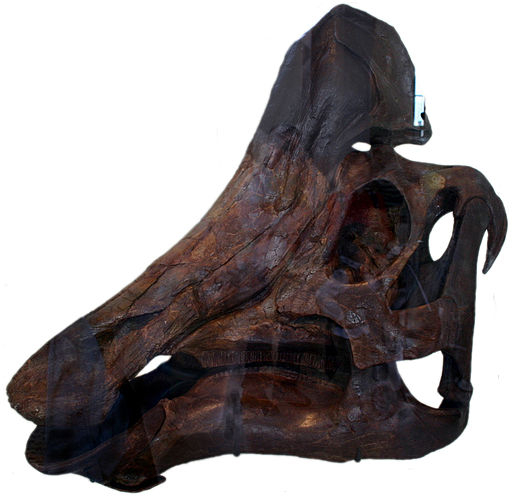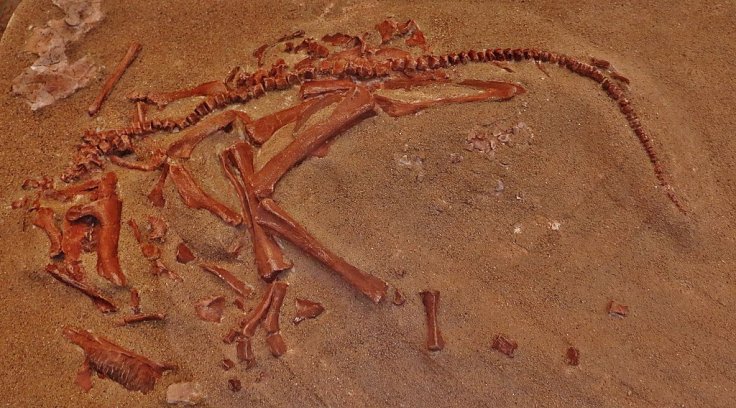Over the years researchers and palaeontologists have discovered several dinosaur fossils from all around the world but the site in Montana is known as one of the most stored dinosaur fossil sites in the world. In 1988, American palaeontologist Jack Horner, who became famous for providing the evidence that some dinosaurs cared for their young, discovered a dinosaur fossil that belongs to the genus Hypacrosaurus and comes from a nesting ground in Late Cretaceous sediments in northwest Montana in the US.
After several years, the dinosaur fossil was studied by using unique technology. After the analysis, the team of international researchers has found possible evidence of fossilized cell nuclei and chromosomes within preserved cartilage of baby duck-billed dinosaurs.

The research on a dinosaur fossil
A team of researchers led by Alida Bailleul of the Institute of Vertebrate Paleontology and Paleoanthropology of the Chinese Academy of Sciences (CAS) and Mary Schweitzer of North Carolina State University, who studied the dinosaur fossil, carried out microscopic analyses of skull fragments from these nestling dinosaurs dating back 75 million years.
During the study in one of the fragments, Bailleul noticed some exquisitely preserved cells within calcified cartilage on the edges of the dinosaur bone. The analysis also revealed that two cartilage cells were still linked together by an intercellular bridge, morphologically consistent with the end of cell division.

What the palaeontologists have found?
Initially, the researchers noticed dark material resembling a cell nucleus and found that one of the cartilage cells preserved dark elongated structures morphologically consistent with chromosomes. As per Bailleul, it was an unbelievable finding.
Along with Zheng Wenxia from North Carolina State University, both the lead researchers Bailleul and Schweitzer were focusing on to reveal that the original molecules were also preserved in the dinosaur cartilage. The team of researchers also performed immunological and histochemical analyses on the skull of another dinosaur found at the same nesting ground. The test then revealed the presence of remnants of original cartilaginous proteins in this Hypacrosaurus.
They also isolated individual Hypacrosaurus cartilage cells and then applied DNA stains-DAPI and PI. The researchers noticed that some of the isolated dinosaur cells showed internal and positive binding in the same pattern seen in modern cells which suggested that some of these original dinosaur DNA may be preserved.
As reported by Xinhua, Bailleul stated that these new results add to growing evidence that cells and some of their biomolecules can persist for a long time, while suggesting that "DNA can be preserved for tens of millions of years, and we hope this study will encourage scientists working on ancient DNA to push current limits and use new methodology in order to reveal all the unknown molecular secrets that ancient tissues have."
It should be mentioned that as per the researchers the possibility of DNA survival for tens of millions of years is very new to the science world, as it is believed that DNA persists less than one million years. But the new findings, which was published in the National Science Review, have opened new paths for the future studies to recover and sequence DNA from other very ancient fossils.









